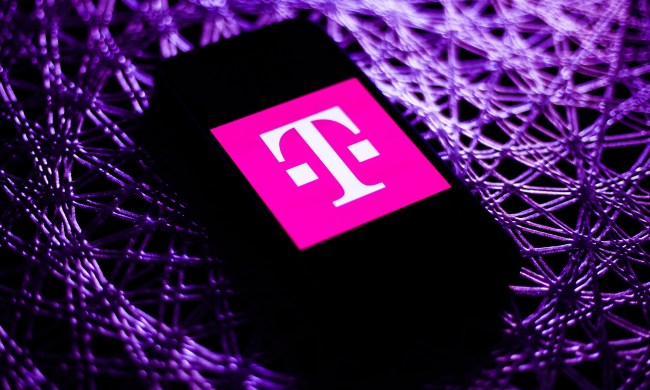
Sprint has spent billions of dollars with Clearwire rolling out the first 4G network in the United States using WiMax technology—and has seen some success with 4G-capable devices like the HTC Evo 4G phone. However, speaking with the Financial Times, (subscription required) Hesse indicated Sprint might just build a 4G network using computing Long Term Evolution (LTE) 4G technology that is currently being tested for deployment by Sprint, Verizon, and others. Further, if Sprint were to roll with LTE technology, Hesse allowed there would be “logic” to the idea that Sprint should merge with U.S. carrier T-Mobile.
The details—and financing—behind such a move would be very complicated. Sprint’s primary motivation in switching to LTE would probably be to play on the same technological field as its primary competitors AT&T and Verizon, both of which will be using LTE 4G technology. Moreover, LTE rather than WiMax will by far be the dominant standard on worldwide 4G networks: by embracing LTE technology, Sprint will have access to the same devices and technology as every other major mobile player, and won’t be stuck in a bit of a technological ghetto as it is now with CDMA technology. (Verizon Wireless also uses CDMA; most of the rest of the world—and T-Mobile and AT&T—use GSM.) Many have noted that the competing GSM and CDMA standards in the United States may not have truly benefited mobile users.
Sprint has the network capacity and licenses to potentially roll out an LTE network; however, assuming it doesn’t abandon any of its existing operating networks—WiMax, CDMA, and iDEN (which it inherited from Nextel)—that would mean Sprint would have to have four networks up and running simultaneously in the U.S. market. (There’s a reason Sprint was the principle network used by MVNOs.) That’s a tough position for a company, particularly one that has had trouble maintaining its marketshare alongside AT&T and Verizon Wireless. A merger with Sprint would also make sense for T-Mobile, which lacks the spectrum licenses to widely deploy 4G technology on its own: T-Mobile will either have to make deals with existing 4G providers, or stay out of the 4G game altogether.
Sprint’s WiMax partner, Clearwire, recently announced it has changed the terms of its technology agreement with Intel so Clearwire has the flexibility to add technologies like LTE to its WiMax network that had previously been barred. Although not identical, WiMax and LTE are similar enough that LTE technology could be added to Clearwire’s existing WiMax operations.


